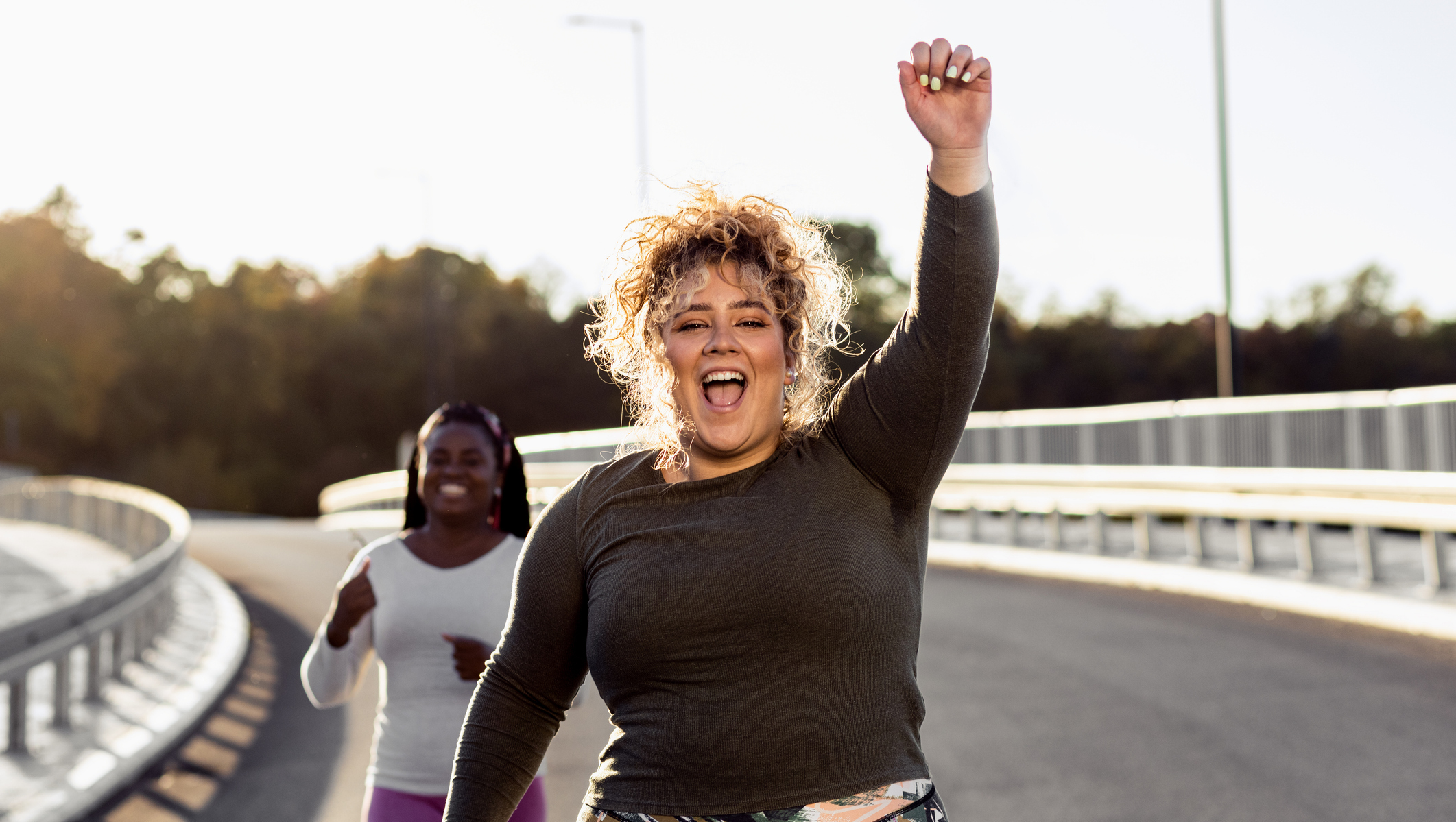A "game-changer" for runners: This physical therapist recommends three hip-opening stretches to help you run faster
Become more efficient and reduce your risk of injury by opening up your tight hips

Runners often complain of tightness in their hips—I know I do. If you also suffer, ask yourself when was the last time you really stretched out your hips? A few targeted stretches can make a world of difference to how your hips feel and bring some surprising benefits to your running, as well as fending off a host of problems associated with tightness.
"Tight hips can be a major roadblock, hindering your stride length, glute activation and even increasing your risk of injury," says physical therapist Dr Chloe Costigan, co-owner of Mobility Doc. "That’s why incorporating targeted hip openers into your routine is a game-changer."
The idea of improving as a runner just through stretching is pretty compelling and Costigan has recommended three stretches to do regularly.
Three hip-opening stretches for runners
Costigan's YouTube sequence begins and ends with a test to gauge your mobility and flexibility. Costigan's test pose is pigeon, which not everyone has the range of motion for, and it’s best to have warmed your muscles up beforehand. Have a go and see the difference in your pigeon pose before and after the sequence.
When you get to the stretches, hold each one for 30 seconds on each side and do three rounds. "Really focus on keeping your hips square," says Costigan.
"You can see how much you improve in a short period of time, and identify areas that may still need extra attention," says Costigan in the video. "You might not be able to get your shin perpendicular. That’s ok, but it's the goal."
For some people, pigeon pose puts too much pressure on the knee, and that's usually because your glutes are too tight. "If you really struggle with pigeon, try doing modified or standing pigeon as your pre- and post-test and work up to full pigeon on the floor," says Costigan.
Start your week with achievable workout ideas, health tips and wellbeing advice in your inbox.
1. Lizard stretch
This deep hip opener stretches the hip flexors, quads and groin with a little diagonal movement in the front hip. Keep your hips level and your neck and back straight. As you work through the rounds, open out your front knee to the side and concentrate on keeping your butt low. "A little bit of shifting side-to-side might be helpful," says Costigan.
2. Butterfly stretch
Sitting on a slightly raised surface and tilting your pelvis forward, press the soles of your feet together with your knees out to the sides. Keeping your back straight, hinge forward from the hips and gently allow your hips to open out to the sides, stretching the groin and inner thighs. "This will get easier as your hips start to unlock," says Costigan.
3. Modified pigeon pose
With your front leg at a diagonal angle, this variation on pigeon pose allows you to control the intensity. Keep your torso upright to feel the stretch in your hip flexor. "Focus on pushing your femur [your thigh bone] or your butt down to the mat, without rolling out to the side," says Costigan.
Once you’ve worked through the sequence, try pigeon pose again and you should be pleasantly surprised at how much easier it feels. Now all you need to do is see if you're able to run faster.
Why is running so hard on our hips?
"Running is a high-impact activity that requires a seamless coordination of movements from head to toe," writes Costigan on Mobility Doc's blog. “Your hips act as the central point, allowing the smooth transfer of power from your core to your legs with each stride. When your hip mobility is limited, it can lead to a cascade of compensations throughout your kinetic chain. This leads to poor form, decreased stride length, and increased strain on other joints and muscles."
Running also keeps the legs on a single plane of movement, so unless we do hip mobility exercises we don't give our hips a chance to move through the full range of motion, including out to the sides. Plus, the repetitive shortening of the hip flexor—the muscle at the top front of the hip—during running can lead to tightness, discomfort and potentially a permanently shortened muscle.
Other body parts can suffer due to a lack of hip mobility, too. "Tight hips can also contribute to common running injuries such as IT band syndrome, patellofemoral pain [knee pain] and even lower-back issues," writes Costigan. "By improving your hip mobility, you can alleviate these potential issues. You'll find yourself running with greater ease, efficiency, and reduced risk of injury."
Camilla Artault is a fitness writer with a passion for running and yoga. She interviews experts and writes about a wide range of topics for Fit&Well encompassing health, fitness and nutrition.
